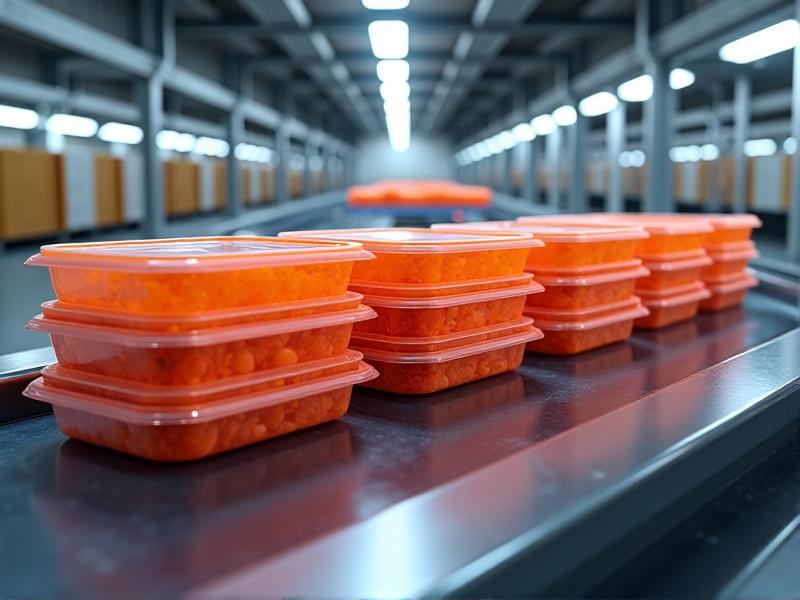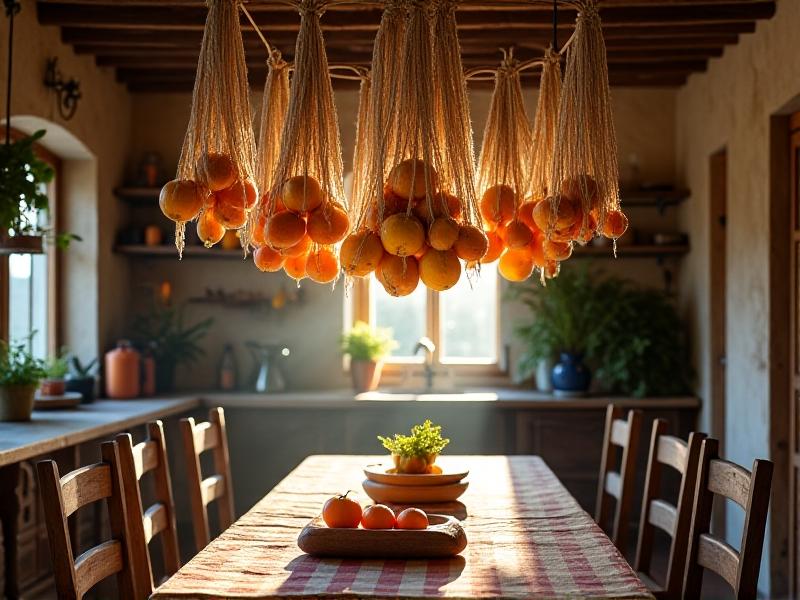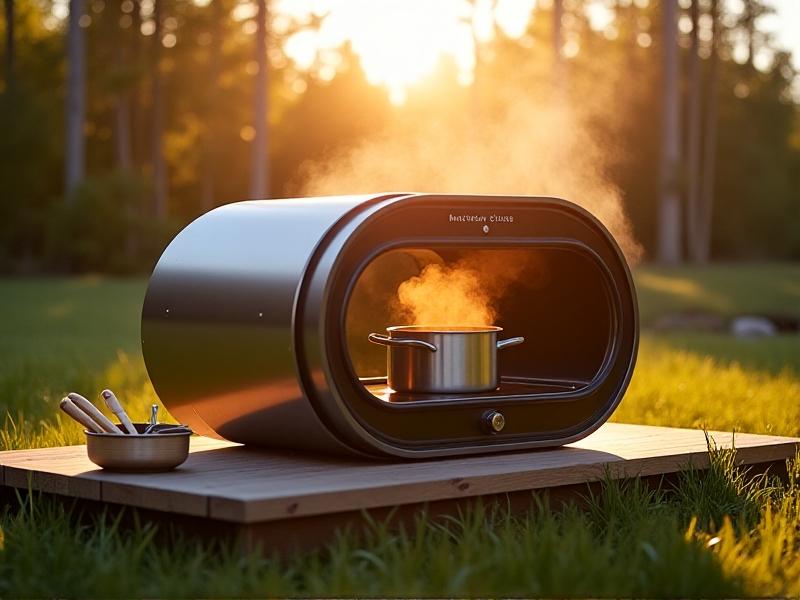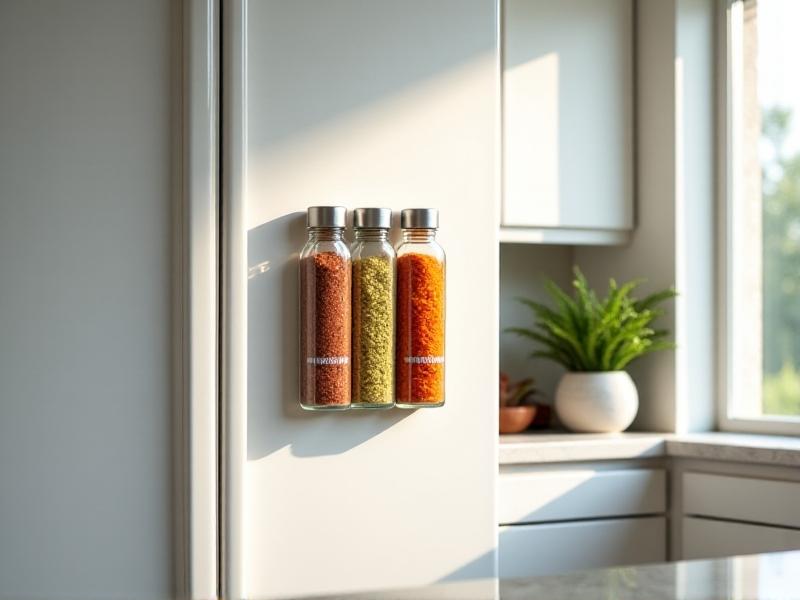Insulated Grocery Bag Conversion Ideas
Transforming Insulated Grocery Bags into Everyday Organizational Tools
Insulated grocery bags aren’t just for keeping perishables cold on the drive home. With their durable construction and thermal lining, these bags can be repurposed into practical organizers for your home, car, or workspace. Imagine decluttering your pantry by sorting snacks, spices, or baking supplies into labeled insulated bags. The thick material prevents spills and keeps items fresh, while the handles make it easy to pull out exactly what you need. For small spaces, hang them on hooks or tuck them into shelves for instant modular storage.
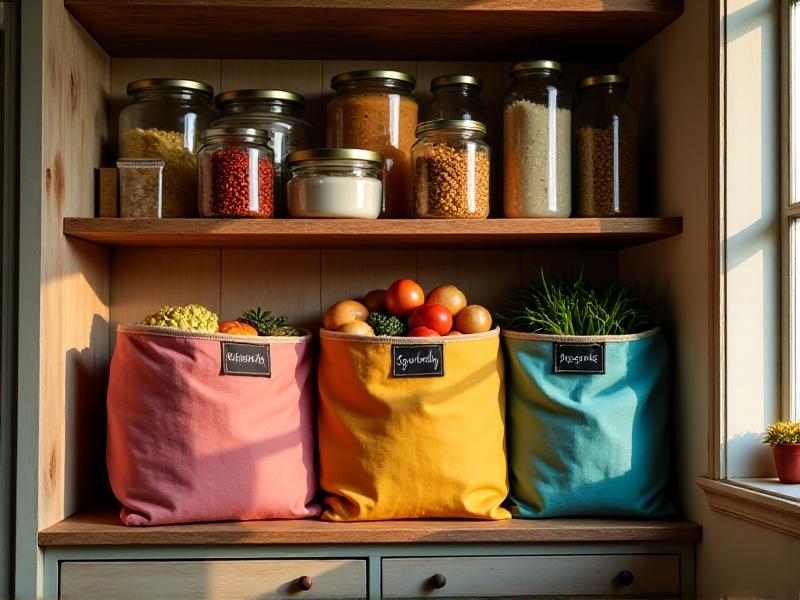
Insulated Bags as Portable Gardening Companions
Gardeners can breathe new life into old insulated bags by turning them into mobile planters or tool carriers. Their waterproof interiors make them ideal for potting seedlings or transporting plants without dripping soil everywhere. Line the bag with breathable fabric for drainage, add a layer of gravel, and fill with soil to create a lightweight, insulated planter for herbs or succulents. Alternatively, use the bag to safely store pruning shears, gloves, and seed packets while working outdoors. The insulation even helps protect delicate plants during unexpected frosts.

From Market to Playground: Kid-Friendly Conversions
Turn insulated bags into on-the-go activity kits for children. Fill a bag with art supplies like washable markers, sketchbooks, and sticker sheets—the insulation protects materials from heat or moisture during car rides. For outdoor adventures, pack a waterproof bag with sand toys, sunscreen, and reusable water bottles. The sturdy handles make it easy for little hands to carry, while the wipeable interior simplifies cleanup after messy playdates. Some parents even create “car picnic” kits with non-perishable snacks and disposable placemats for impromptu meals.

Unexpected Uses for Pet Owners
Pet lovers can convert insulated bags into portable feeding stations or grooming kits. Use a small bag to keep canned pet food chilled during day trips or store pre-portioned meals for busy mornings. The insulation prevents odors from lingering while maintaining freshness. For grooming, organize brushes, nail clippers, and pet wipes in a dedicated bag that doubles as a comfortable surface for trimming claws. Some owners even line bags with fleece to create cozy, temperature-regulated nests for small animals during vet visits.

Emergency Preparedness with Repurposed Bags
Insulated grocery bags make excellent bases for emergency kits. Their ability to regulate temperature helps preserve medications or emergency rations. Pack one with a first-aid manual, thermal blankets, bottled water, and non-perishable snacks—the bag’s structure keeps contents organized and protected. During power outages, use multiple bags to create a makeshift cooler for refrigerated items. Reflective lining can even help signal for help if placed in sunlight. Rotate seasonal items like hand warmers or cooling towels while maintaining core supplies year-round.
Creative Craft Storage Solutions
Artists and DIY enthusiasts can organize materials using compartmentalized insulated bags. Use them to separate fabric scraps by color, protect delicate papers from humidity, or store hot glue guns and cords safely. The insulation provides a protective barrier against temperature-sensitive mediums like wax-based crayons or certain adhesives. For mobile creators, a customized bag can hold paint tubes, brushes, and palettes—the wipeable interior simplifies cleanup after outdoor painting sessions. Add elastic loops or pockets to keep tools accessible.
Insulated Bags for Sustainable Gift-Giving
Transform ordinary gift baskets into eco-friendly presentations using decorated insulated bags. Line a bag with reusable cloth wrap, then fill it with homemade preserves, artisanal cheeses, or potted herbs—the insulation keeps edible gifts fresh until delivery. For non-food items, use the bag as reusable packaging for books, skincare products, or gardening kits. Personalize with fabric paint or embroidered initials to create a gift that keeps giving long after the contents are enjoyed. Recipients will appreciate both the thoughtfulness and practicality.
From Shopping to Sport: Active Lifestyle Hacks
Fitness enthusiasts can repurpose insulated bags into gym companions that keep protein shakes cold or protect electronics from condensation. Use a ventilated bag to separate sweaty workout clothes from clean items while traveling. For outdoor activities, pack one with sunscreen, electrolyte tablets, and a cooling towel—the insulation helps maintain low temperatures even under direct sunlight. Some hikers modify bags into lightweight cooler pouches that attach to backpacks, ensuring trail snacks stay fresh during long treks.
